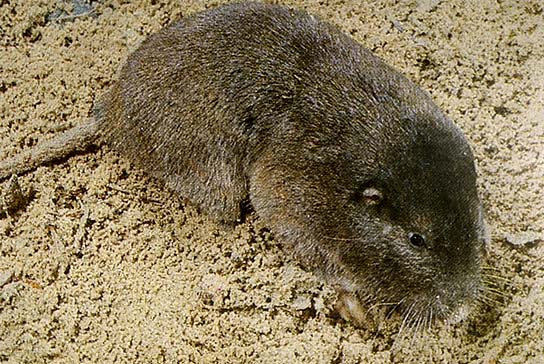by Les Harrison | May 4, 2012
Generally, soil conditions are very dry in Washington County. High winds early in the week of April 23, 2012, greatly stressed vine crops (melons). Pastures are critically short of moisture and need rain, as do most fields undergoing land preparation. Several fields...
by Doug Mayo | May 1, 2012
Controlling Invasive Exotic Plants in North Florida Forests (SSFOR19/FR133) Invasive non-native organisms are one of the greatest threats to the natural ecosystems of the United States. Invasive plants reduce biodiversity, encroach on endangered and threatened...
by Mindy Hittle | Apr 27, 2012
This year producers are already fighting Palmer Amaranth, or pigweed, which is now 3 to 5 inches tall and flowering. The anomalous weather pattern has this plant confused on what time of year it is, behaving like it is late August or September. The short day...
by Les Harrison | Apr 20, 2012
Southern Armyworms, Spodoptera eridania, has made its first appearance of 2012 in Wakulla County on April 19. A home gardener brought in the samples seen in the photograph above. While most were still in the larva stage, the gardener had experience substantial damage...
by Jennifer Bearden | Apr 20, 2012
A large animal veterinarian in north Florida has confirmed four cases of Pigeon Fever in Okaloosa and Walton Counties. Pigeon Fever is an infection caused by the bacteria, Corynebacterium pseudotuberculosis. There are three forms of this disease: external abscesses,...

by Judy Biss | Apr 16, 2012
Have you ever wondered what those mounds of soil are that seem to appear from nowhere in surrounding fields and pastures? They are actually dirt mounds dug by the southeastern pocket gopher. The southeastern pocket gopher, Geomys pinetis, is also known as the...

